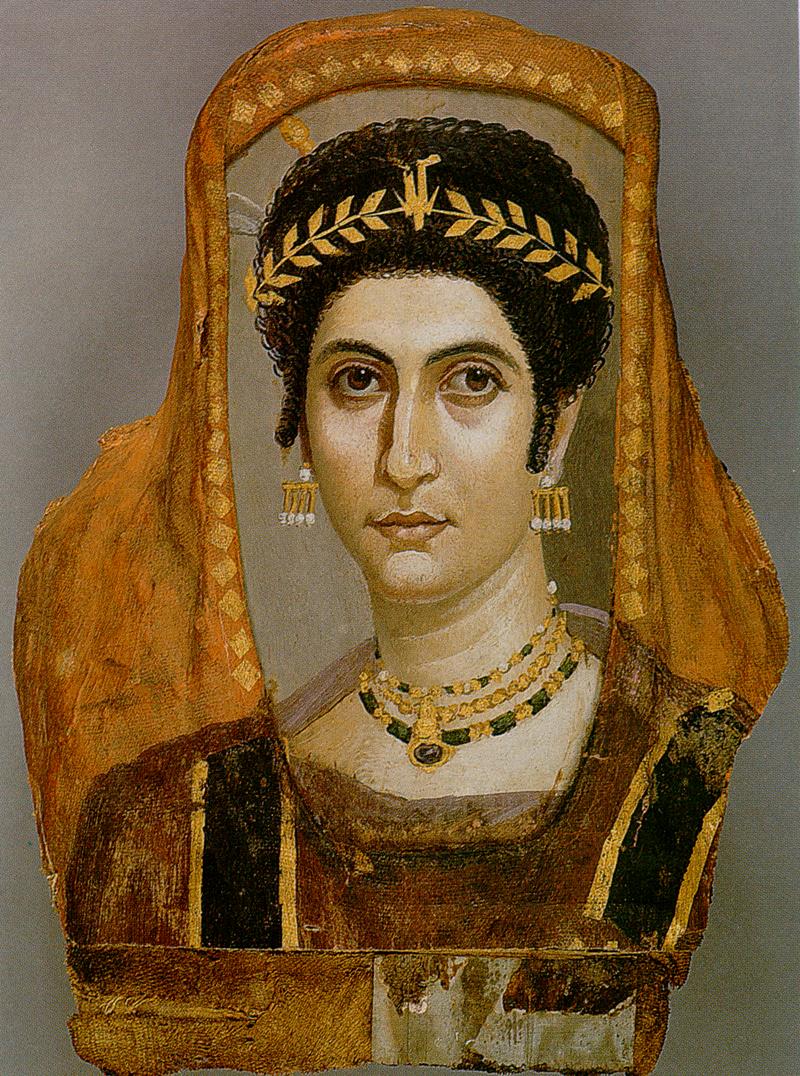Crown Of Justification on:
[Wikipedia]
[Google]
[Amazon]
 In ancient Egyptian religion, the crown of justification ''(mꜣḥ n mꜣꜥ ḫrw'') was a wreath or
In ancient Egyptian religion, the crown of justification ''(mꜣḥ n mꜣꜥ ḫrw'') was a wreath or
 In ancient Egyptian religion, the crown of justification ''(mꜣḥ n mꜣꜥ ḫrw'') was a wreath or
In ancient Egyptian religion, the crown of justification ''(mꜣḥ n mꜣꜥ ḫrw'') was a wreath or fillet
Fillet may refer to:
*Annulet (architecture), part of a column capital, also called a fillet
*Fillet (aircraft), a fairing smoothing the airflow at a joint between two components
*Fillet (clothing), a headband
*Fillet (heraldry), diminutive of the ...
worn by the deceased to represent victory over death in the afterlife
The afterlife or life after death is a purported existence in which the essential part of an individual's Stream of consciousness (psychology), stream of consciousness or Personal identity, identity continues to exist after the death of their ...
. Its symbolism is based on Chapter 19 of the '' Book of the Dead,'' in which the wearer is said to be "justified" by a triumph over death just as the god Osiris
Osiris (, from Egyptian ''wikt:wsjr, wsjr'') was the ancient Egyptian deities, god of fertility, agriculture, the Ancient Egyptian religion#Afterlife, afterlife, the dead, resurrection, life, and vegetation in ancient Egyptian religion. He was ...
eventually rose above his enemies. A ritual text was recited as the dead person was crowned.
The crown of justification might be made of laurel, palm, feathers, papyrus
Papyrus ( ) is a material similar to thick paper that was used in ancient times as a writing surface. It was made from the pith of the papyrus plant, ''Cyperus papyrus'', a wetland sedge. ''Papyrus'' (plural: ''papyri'' or ''papyruses'') can a ...
, or precious metals. It was syncretized with the solar crown of the sun god Re, and might be made of gold to mimic the properties of the sun. Among the collections of the Museum of Fine Arts, Boston
The Museum of Fine Arts (often abbreviated as MFA Boston or MFA) is an art museum in Boston, Massachusetts. It is the list of largest art museums, 20th-largest art museum in the world, measured by public gallery area. It contains 8,161 painting ...
, is an intricately woven papyrus wreath with bronze insets to reflect light. In the Roman era, initiates into the mysteries of Isis might wear a wreath of palm leaves to suggest the rays of the sun.
In the Ptolemaic and Roman Imperial periods, religious art in temples shows the king offering the crown to Horus
Horus (), also known as Heru, Har, Her, or Hor () in Egyptian language, Ancient Egyptian, is one of the most significant ancient Egyptian deities who served many functions, most notably as the god of kingship, healing, protection, the sun, and t ...
or other deities
A deity or god is a supernatural being considered to be sacred and worthy of worship due to having authority over some aspect of the universe and/or life. The ''Oxford Dictionary of English'' defines ''deity'' as a God (male deity), god or god ...
. These crowns of justification take the form of a circlet, which sometimes has a uraeus or wedjat-eye. Rose wreaths might be substituted during the Roman period, in reference to the use of rose garlands and wreaths in the Romanized
In linguistics, romanization is the conversion of text from a different writing system to the Roman (Latin) script, or a system for doing so. Methods of romanization include transliteration, for representing written text, and transcription, ...
mysteries of Isis. The crown of justification was in this way integrated into the broader festal and religious uses of floral and vegetative wreaths in the Roman Empire.Riggs, ''The Beautiful Burial in Roman Egypt,'' pp. 82–83.
Gallery
See also
* Crowns of Egypt * Crown of Immortality * Klila in MandaeismReferences
{{Ancient Egyptian religion footer Crowns (headgear) Ancient Egyptian funerary practices